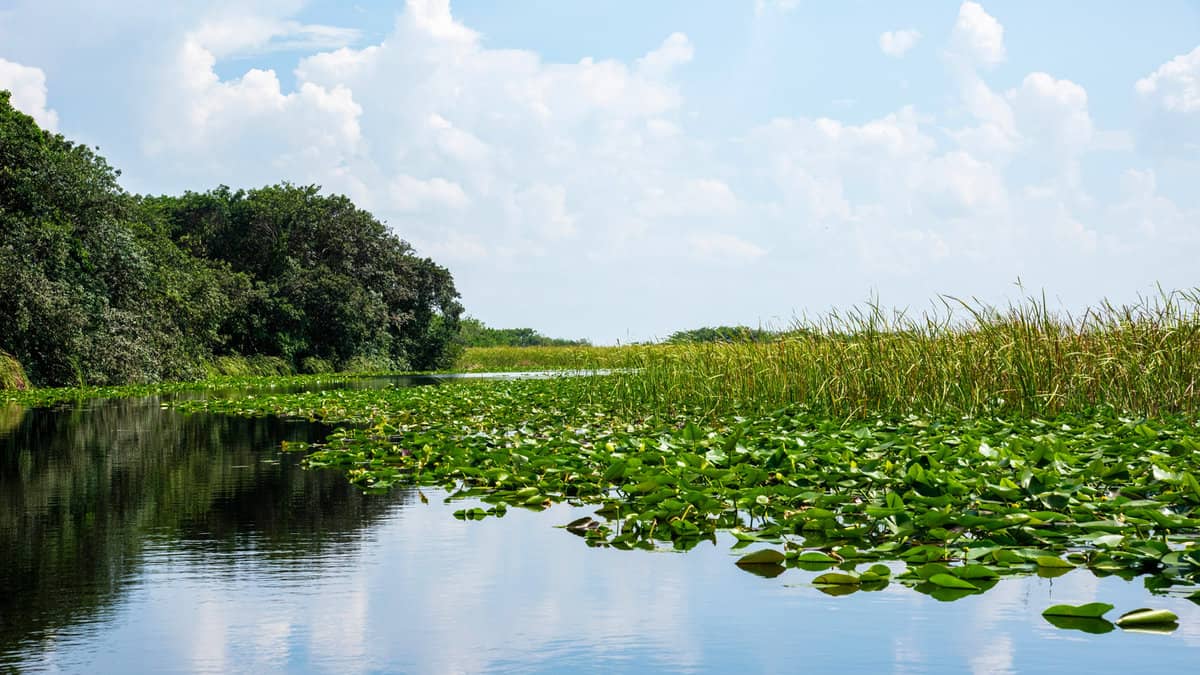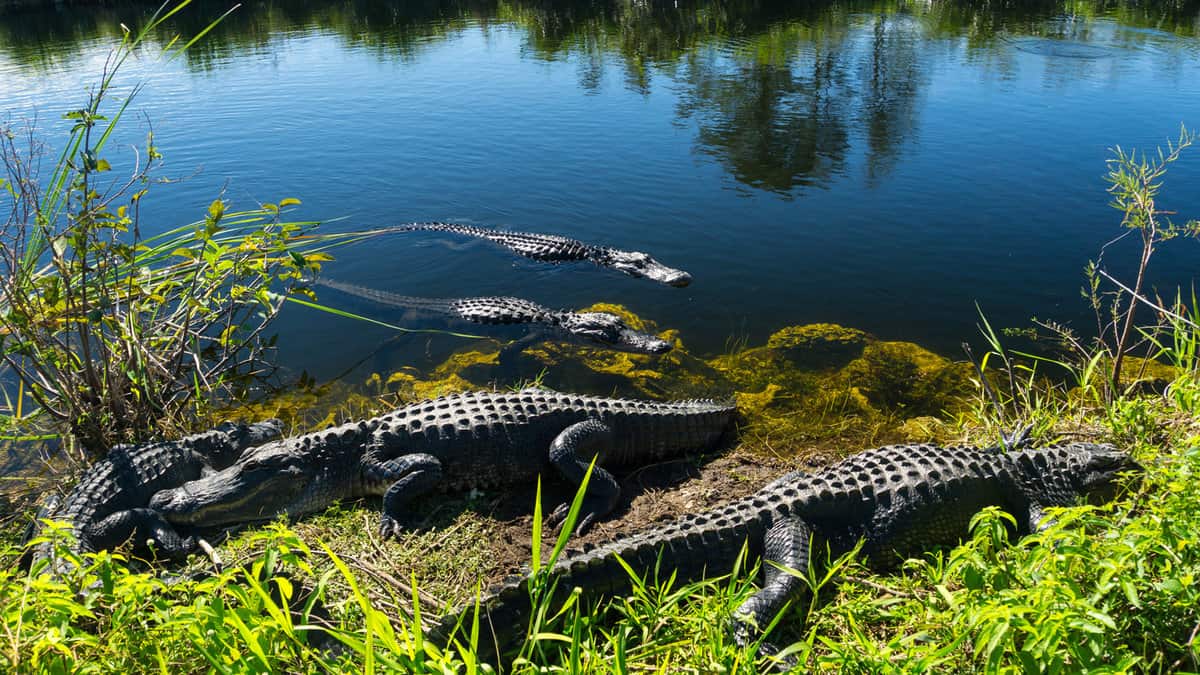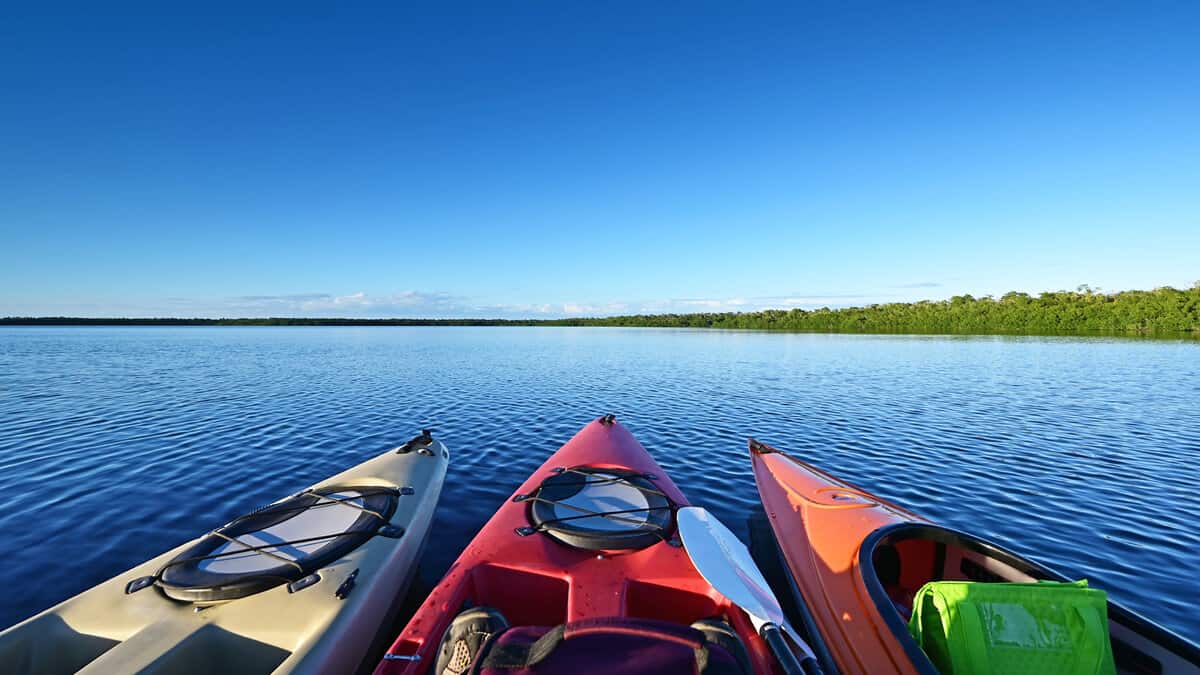Imagine a place where the rules of nature are turned on their head. In a special corner of Florida, the every day is extraordinary, and the ordinary is nowhere to be found. This isn’t just another national park.
Land and water blend to create something truly remarkable in this landscape: floating wetlands. Yes, floating – a reality that seems lifted from a fantasy, yet it exists in the heart of Florida.
As you tread lightly over these unique wetlands, what feels like firm earth underfoot is a dynamic, living carpet floating on water. This incredible natural marvel is truly a sight to behold.
And where is this remarkable place? Nestled in Florida's natural splendor, it's Everglades National Park.
A haven where the thrill of adventure meets the serenity of nature, the park is a mosaic of diverse wildlife and unique landscapes. Here, every visit is a chance to explore and discover the wonders of one of America’s most unique ecosystems.
The Science Behind the Floating Wetlands

As you wander through Everglades National Park, a UNESCO World Heritage site, you'll encounter its mesmerizing floating wetlands, a cornerstone of this unique ecosystem.
These wetlands comprise 'periphyton' – a complex mix of algae, cyanobacteria, microinvertebrates, their secretions, and detritus, all clinging to submerged surfaces.
This rich tapestry is largely calcareous, owing to the abundance of limestone bedrock and high cation concentrations in the water.
Covering a vast expanse of the Everglades, these periphyton communities, alongside sawgrass, are among the most abundant in the park.
They represent more than half of the primary production, playing a pivotal role in the food web by serving as the primary food source for small consumers like fish and invertebrates.
This makes them a fascinating feature to observe and a vital component of the park's ecological balance.
Ecosystem Engineers of the Everglades
The importance of these floating wetlands cannot be overstated. They act as vital filtration systems, removing nutrients and pollutants from the water – an essential function in an area that receives nearly 60 inches of rainfall annually.
But here's something that might surprise you: these wetlands are so efficient that they can significantly reduce the concentration of phosphorus – a key pollutant affecting the Everglades.
This is crucial because high phosphorus levels can disrupt the delicate balance of this sensitive ecosystem, leading to overgrowth of certain plants and impacting wildlife.
A Hotspot for Biodiversity
As you explore, notice how these wetlands teem with life.
Did you know that the Everglades is home to over 350 species of birds, 300 species of fish, 40 species of mammals, and 50 species of reptiles? That's a level of diversity that rivals some of the world's largest and most renowned national parks!

Another fascinating fact about the Everglades is that it's the only place on Earth where alligators and crocodiles live together, partly thanks to these floating ecosystems.
But even more astonishing is that the park is a sanctuary for endangered species like the West Indian manatee and the American crocodile.
These species and countless others rely on the intricate balance maintained by the Everglades ecosystem.
Speaking of these unique inhabitants, if you're curious about the endangered species that call the Everglades home, check out A Visitor’s Guide To The Endangered Species of Everglades National Park.
Diverse Activities in Everglades National Park
While the floating wetlands are a highlight, Everglades National Park has so much more to do. If you're a fan of camping, you're in for a treat. The park offers unique camping experiences that bring you closer to nature.
For all the details on where to pitch your tent and what to expect, don't miss checking out The Ultimate Guide to Camping in the Everglades National Park.
For water enthusiasts, the Everglades is a paddler's paradise. The serene experience of paddling here is something you'll cherish.

Get all the insights you need from Paddle, Kayak, and Canoe Your Way Through Everglades National Park – it's packed with tips to make your water adventure safe and enjoyable.
And let's not forget about a truly Floridian experience – an airboat tour. It's a thrilling way to explore the park's vast expanse while learning about its unique ecosystem.
The rush of the airboat, the panoramic views, and the chance to spot wildlife up close – it's an exhilarating experience.
For more, dive into Exploring Florida’s Wild Side: Airboat Tour In The Everglades. This guide gives you all the information on booking a tour and what to expect.
Ready to Explore the Everglades?
Take a sneak peek here!
@yvonne_charburn Everglades, Florida 🇺🇲 #usa #america #florida #everglades #nationalpark #marshland #roadtrip #adventure #vacation #travel #swamp #wetland ♬ Originalton - yvonne_charburn
That's the Everglades for you! If you're set to dive into this amazing place, start with the National Park Service website for all the key details.
Whether you love bird-watching, snapping photos, or just taking in the views, the Everglades has something for everyone. Visiting here is more than a simple park trip. It's a chance to experience a unique slice of Florida's nature.
For everything you need to know, including visit tips, check out 'Everglades National Park: A Complete Visitor’s Guide.' This guide is your gateway to the park's many wonders.
Gear up to immerse yourself in a world of nature. The Everglades, with its incredible floating wetlands, await to leave you awestruck!
